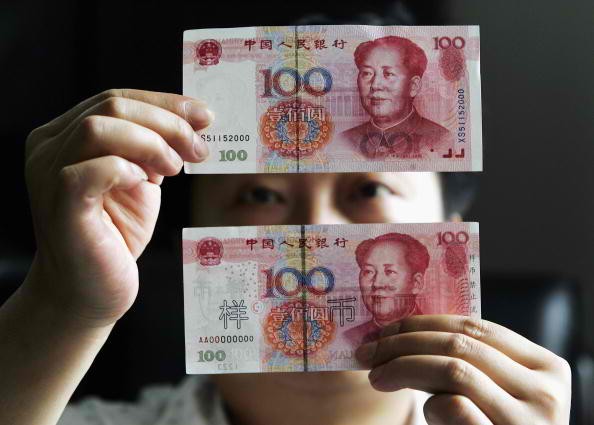As part of China's bid to counter excessive capital outflows, the State Administration of Taxation (SAT) said that it will implement the localized Common Reporting System (CRS) to regulate foreign accounts of Chinese citizens across 101 countries.
The scheme will oblige Chinese nationals to provide their tax identity when opening bank accounts and provide their reasons for purchasing foreign currency through an application form. The SAT will then use its citizens' account information with all 101 signatory countries to the CRS, the Global Times reported.
China formally started investigating its nationals' new personal and organizational bank accounts on Jan. 1, 2017, with results on high-net-worth accounts worth beyond 6 million yuan and above to be released by the end of the year. The SAT is set to release results on all bank accounts by end-2018.
The SAT's new regulation stands in line with China's current goal to reduce capital outflows, having been cited as the cause of the yuan's instability in recent times, per Yibada. Chinese nationals who have allocated large amounts of their financial assets overseas are set to be affected the most.
Moreover, since Hong Kong has already localized the CRS this year, the regulation is set to affect mainlanders who have invested more than HK$ 18.9 billion worth of insurance premiums in the special administrative region.
Under the CRS localization, Hong Kong will begin submitting information on mainlanders who bought more than HK$ 7,800 this year to China, with either side set to determine the legitimacy of their capital outflows through their respective tax ministries.
The new regulation, alongside similar others, is set to slow down China's capital outflows and attract more capital inflows compared to that in 2016. Foreign exchange, in that regard, has been tightened to compel nationals to provide more detailed information elaborating their purpose of purchasing foreign currency.
However, as the yuan continues its depreciative trend, with foreign reserves having declined by 0.4 percent year-on-year back in January this year and with the yearly foreign exchange quota still set at $50,000, authorities remain pressured to implement more measures against capital outflows.



























